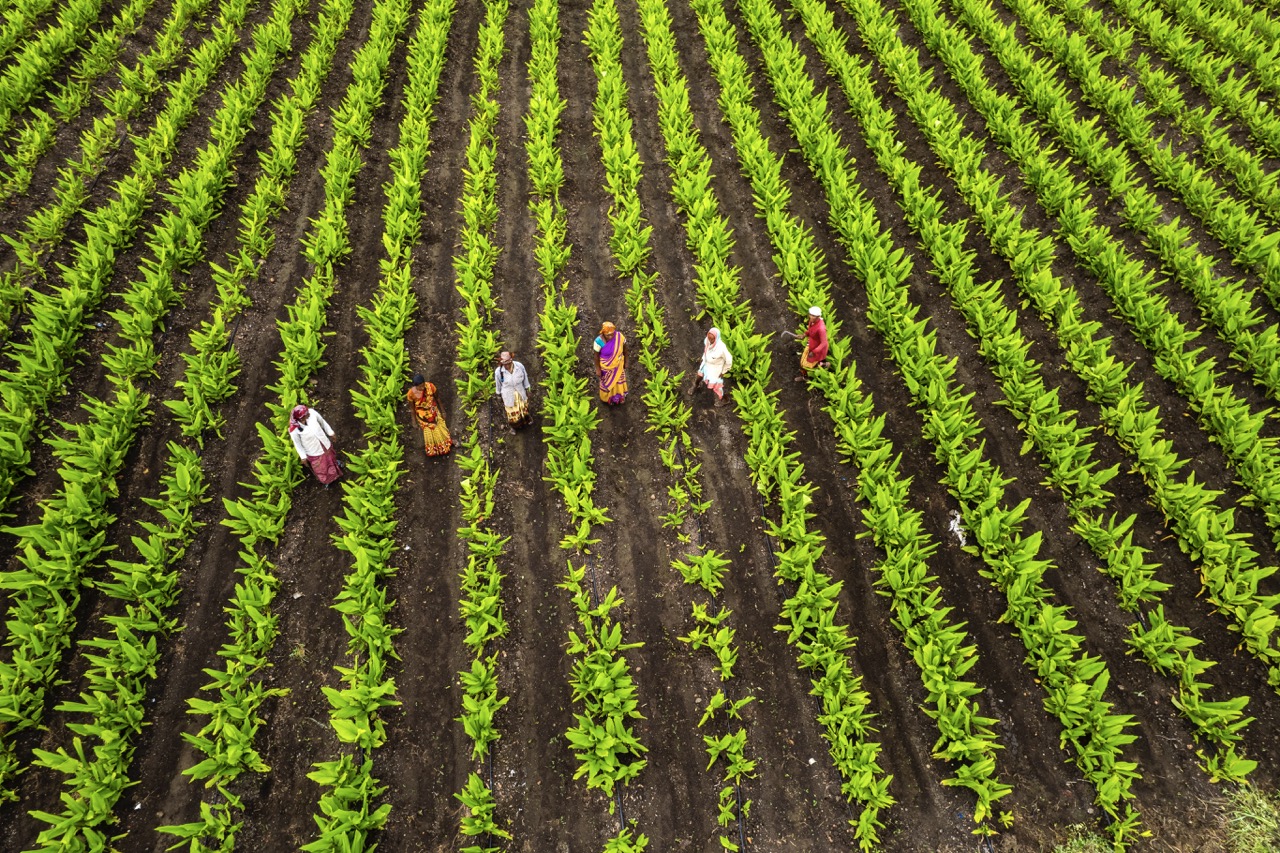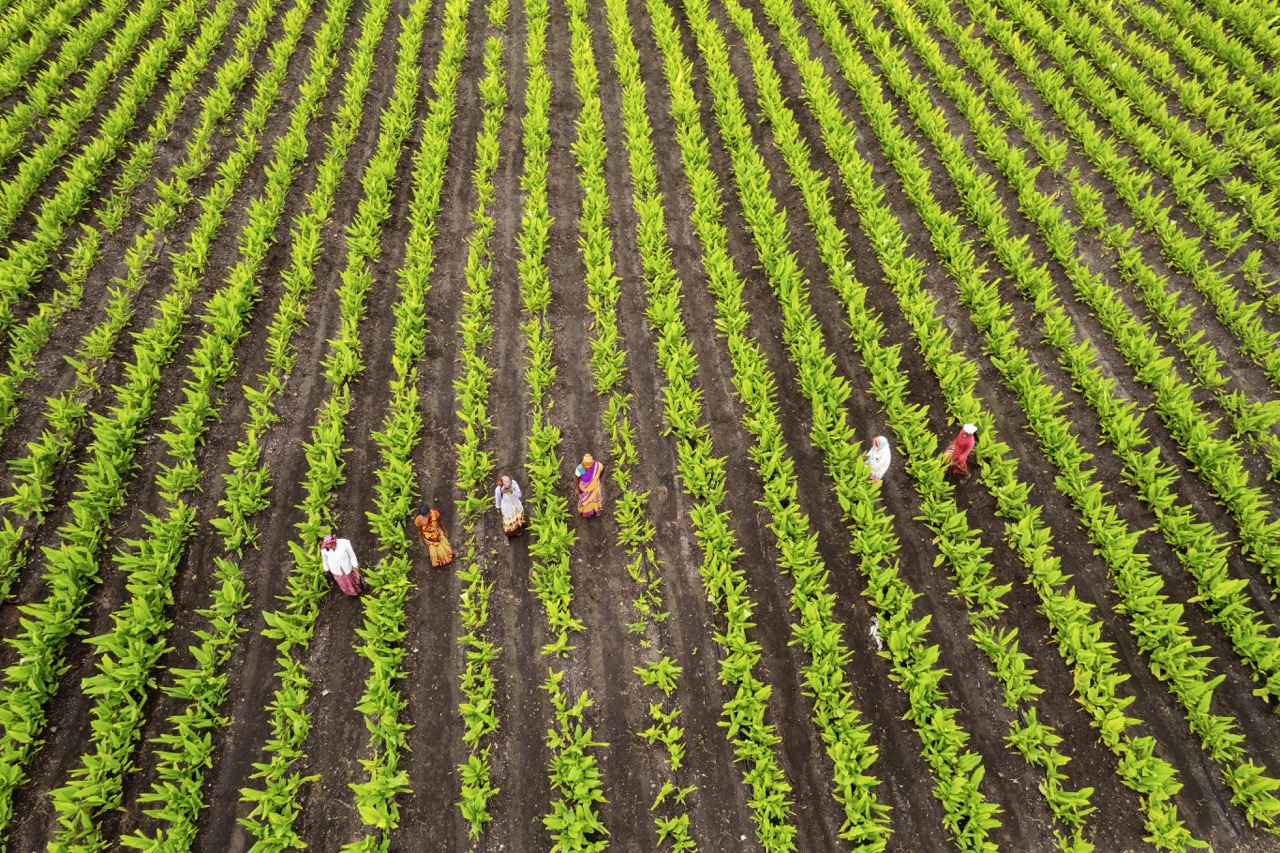Sharecropping has long been a characteristic feature of agricultural economies, particularly in the Southern United States during the post-Civil War era. This system, which allows landowners to provide land to laborers in exchange for a share of the crops produced, has been both lauded for promoting agricultural productivity and criticized for perpetuating cycles of poverty and inequality. Ensuring fair crop distribution and profit sharing among sharecroppers is paramount for fostering sustainable agriculture and empowering rural communities. In this article, we will delve into the historical context of sharecropping, outline key principles for equitable crop distribution, explore strategies for profit sharing, and recommend practices for transparency that can lead to sustainable growth.
Understanding Sharecropping: A Historical Perspective
Sharecropping emerged as a response to the socioeconomic landscape of the American South after the Civil War. Following the abolition of slavery, landowners needed laborers to tend to their fields, while newly freed African Americans sought economic opportunities. The sharecropping system allowed laborers to work the land in exchange for a portion of the harvest, creating a symbiotic relationship that was intended to benefit both parties. However, this arrangement often favored landowners, who maintained control over resources and used debt as a means to exploit sharecroppers.
Throughout the late 19th and early 20th centuries, sharecropping became synonymous with economic hardship for many laborers. With contracts often written in favor of the landowners and intricate systems of credit, sharecroppers frequently found themselves trapped in cycles of debt, unable to escape the economic shackles of their situation. As a result, the sharecropping system gained a reputation for fostering economic inequality and perpetuating conditions akin to servitude, especially among African Americans.
In modern contexts, sharecropping has evolved but still poses challenges related to fairness and equity. New models of agricultural partnerships have emerged, particularly in developing countries, where land tenure issues and economic disparities continue to affect local farmers. Understanding this historical backdrop is crucial for addressing contemporary challenges and ensuring that sharecropping arrangements benefit all parties involved.
Key Principles for Fair Crop Distribution in Farming
Fair crop distribution hinges on several fundamental principles, the first being transparency. This involves clear communication between landowners and sharecroppers regarding the terms of the agreement, including how crops will be divided and the expectations from each party. Establishing a written contract that outlines these points can serve as a reference and prevent misunderstandings, fostering a sense of trust and cooperation.
Another critical principle is proportionality. The share of crops allocated to laborers should reflect their contribution to the labor and resources expended in the farming process. A thorough assessment of the inputs provided by both parties—such as seeds, fertilizers, labor, and time—can help create a more equitable distribution model, ensuring that sharecroppers are fairly compensated for their efforts. This approach encourages productivity and incentivizes laborers to invest in the success of the crops.
Lastly, inclusivity is vital in creating a fair crop distribution system. Engaging sharecroppers in decision-making processes fosters a sense of ownership and responsibility. When laborers are involved in discussions about crop management and distribution, they are more likely to feel valued and motivated to work collaboratively toward common goals. This inclusion can ultimately lead to improved crop yields and healthier relationships between landowners and sharecroppers.
Strategies for Equitable Profit Sharing Among Sharecroppers
To achieve equitable profit sharing, it is essential to establish clear guidelines that consider the varying levels of investment and contribution from each participant. One effective strategy is to implement a tiered profit-sharing model, where profits are divided according to predetermined criteria such as input costs, labor hours, and risk factors. This approach ensures that all participants receive a fair share based on their investment, aligning incentives and enhancing collaboration among sharecroppers.
Additionally, the establishment of cooperative structures can facilitate equitable profit sharing. By organizing sharecroppers into cooperatives, they can pool resources, share knowledge, and negotiate better terms with landowners. Cooperatives can also serve as a platform for collective bargaining, giving sharecroppers a stronger voice in discussions about profit sharing and crop distribution. This solidarity can lead to improved terms and conditions, benefiting all members involved.
Regular evaluations and adjustments to the profit-sharing agreements can also promote fairness and equity in sharecropping relationships. By conducting periodic reviews of the profit-sharing model, landowners and sharecroppers can identify areas for improvement, address grievances, and adapt to changing circumstances. This ongoing dialogue ensures that profit-sharing arrangements remain relevant and fair, ultimately contributing to the sustainability of agricultural practices.
Implementing Transparent Practices for Sustainable Growth
Transparency is a cornerstone of sustainable growth in sharecropping arrangements. By establishing open lines of communication, landowners and sharecroppers can engage in meaningful discussions about crop production, expenses, and profit distribution. Utilizing technology, such as digital record-keeping systems, can provide real-time access to data and information, allowing both parties to track progress and make informed decisions collaboratively.
Incorporating third-party oversight can further enhance transparency and accountability within sharecropping arrangements. Independent auditors or agricultural extension officers can serve as neutral parties to facilitate discussions and verify that agreements are honored. Their presence can help build trust among stakeholders and ensure that sharecroppers are receiving their fair share of profits, thus promoting a more equitable environment.
Lastly, fostering a culture of continuous learning and improvement can lead to sustainable growth. Landowners and sharecroppers should work together to share best practices, engage in training programs, and explore innovative farming techniques. By prioritizing education and skill development, all parties can benefit from enhanced efficiency and productivity, ensuring the long-term viability of the sharecropping model and the communities it supports.
Ensuring fair crop distribution and profit sharing in sharecropping is not just a moral imperative; it is also essential for fostering sustainable agricultural practices. By understanding the historical context of sharecropping, adhering to key principles of fairness, implementing equitable profit-sharing strategies, and promoting transparency, landowners and sharecroppers can create a more just and effective agricultural system. As we move forward, it is crucial to continue striving for arrangements that empower laborers and cultivate a sense of community, ultimately leading to a more resilient agricultural landscape.










